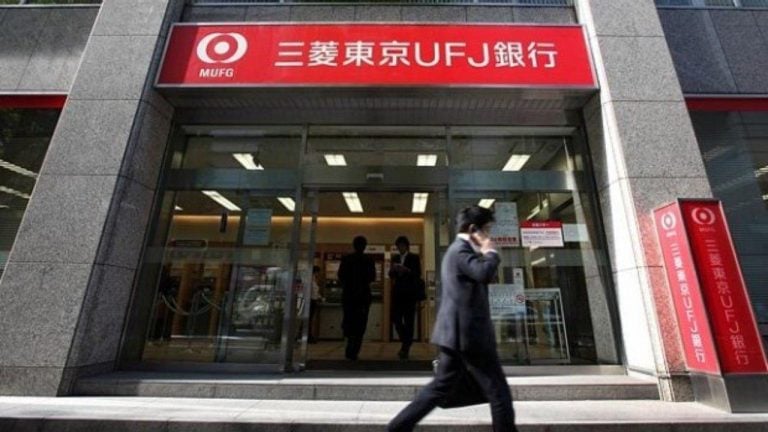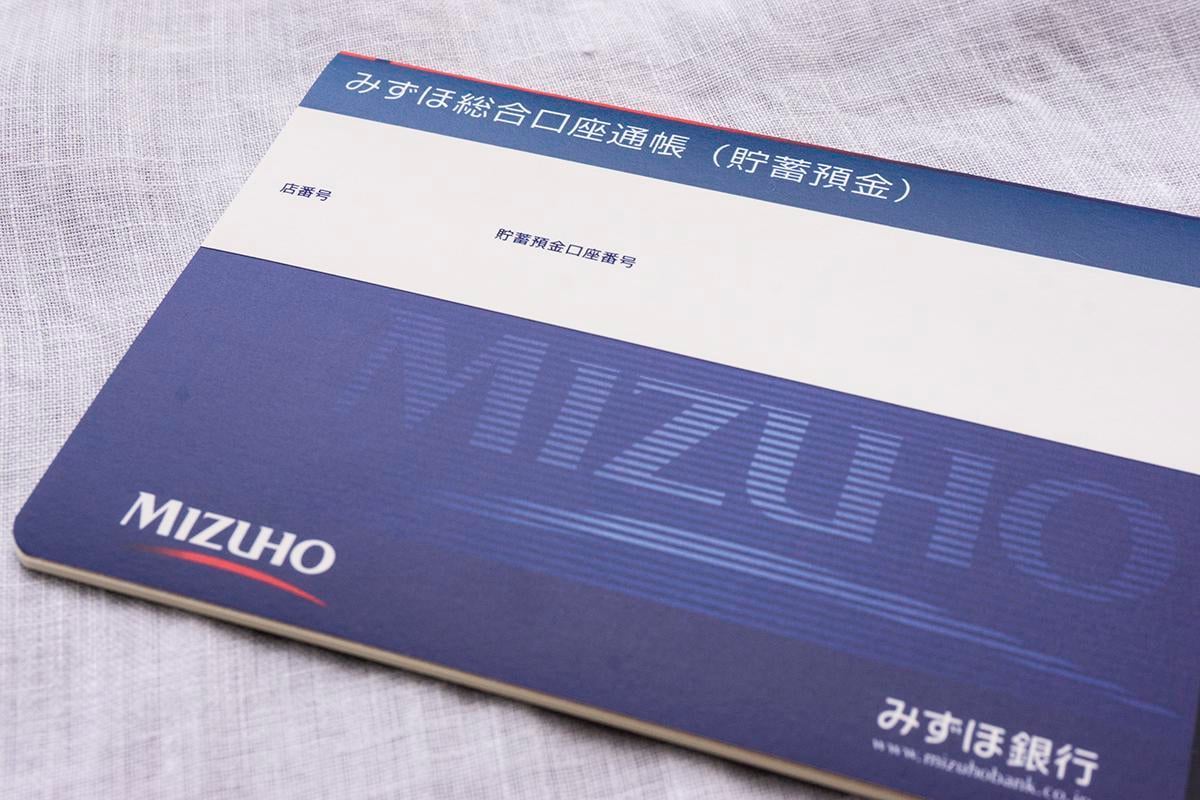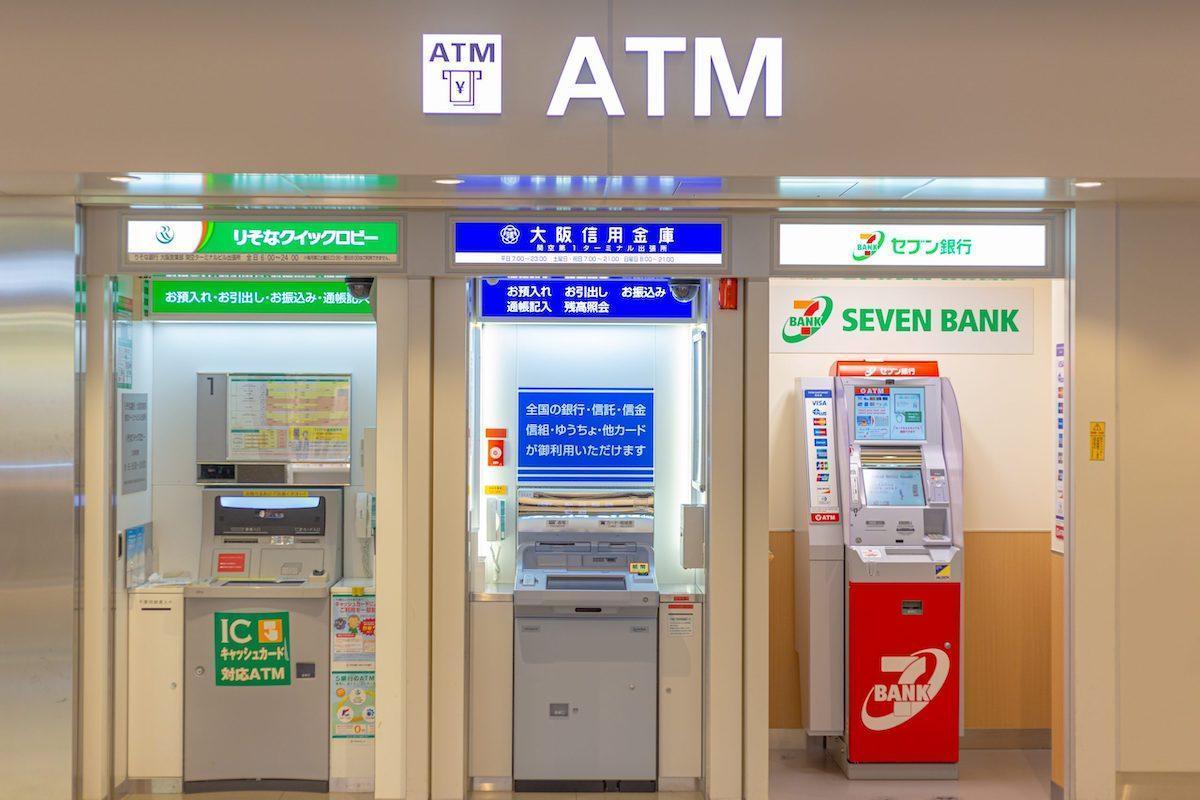
Banking in Japan may be one of the biggest challenges that a foreign national can face. While it has got slightly easier after the pandemic forced Japan to slowly move its banking online, most important interactions still take place at the teller’s window and involve a lot of paperwork.
Most visitors will encounter the full force of the Japanese bureaucracy when they go to open an account. While both signatures and digital signatures are becoming more common, many places still expect their customers to use a personalized stamp called an 印鑑, which must be registered with the bank. Watch out for words like 銀行印 and 実印 for these stamps in official situations.
Luckily, is the only difficult part as the other thing that you will need is your Resident’s Card, which you will likely be carrying around with you anyway.
Opening a Japanese bank account
One recent development in banking has been the move away from bank books. Whereas previously you would need to painstakingly remember to bring the bank book (通帳), which was a small book that had columns of money withdrawn and deposited, these days you will be more likely recommended to download a banking app (アップ) to keep track of your expenses.
Of course, there will be a time when you need to withdraw money or send money. At these times, banks still use キャッシュカード. Unlike many western countries, this card doesn’t function as a visa and anyone that wants a visa will have to apply for it separately.

Even if you don’t use them, the 通帳 contains a lot of information that you will likely need when to apply for a job in Japan. First it will have the name that you registered in Japan, which can be useful if like me you sometimes find it hard to remember the exact characters that you registered at the bank. Most employs will request your 店番 (the branch that you belong to, usually a 3-digit number), 口座番号 (usually a longer 7-digit number), and 発行年月 (the opening date of the account).
Keeping track of your bank accounts
If you choose to use your bank book, you will need to press the 通帳記入 button on the machine, which will update your bankbook with a summary of the exact amounts taken out and paid into the account. Most apps also use a similar word, 通帳預金, for the same process.
The important columns to pay attention to are the 残高 column, which is a record of the current amount of money that you have in your account after deposits and withdrawals. A deposit into your account is called an 預け入れ and withdrawal is called a 引ひき出だし.

Using an atm machine in Japan
As the number of foreign people living in Japan has increased, Japanese bank machines have started to include more English, but a lot of the options still bizarrely are only in Japanese. Therefore, we recommend learning some of the Japanese.
One of the hardest words for me when I first arrived was the word 振り込み, which may be also written as 振込. This function is used to send money to another person’s account such as when you pay rent. Just to make things even more confusing, you may also encounter the similar word 振り替え, which is used when you send money to someone that belongs to the same bank.
Read our guide on how to do a bank transfer in Japan
When this is recorded in your bank book, you may notice a small expense next to it marked as 手数料. This is a digital ‘handling’ fee, which is levied whenever you send money to someone, therefore for small amounts of cash, it is always cheaper to take out the money and pay in cash. However, be careful if you withdraw money from a bank late at night as Japanese banks still force users to pay a banking charge for withdrawing money outside of banking hours.
Banking in Japan
Even with the recent improvements in banking in Japan, using banks is a challenge until you start to recognize some of the kanji and common words. However, don’t be afraid to take your time and bring a cheat sheet of the commonly used words. Jobs in Japan can also help you with the other side, finding a job to fill that account with sweet, sweet cash.















